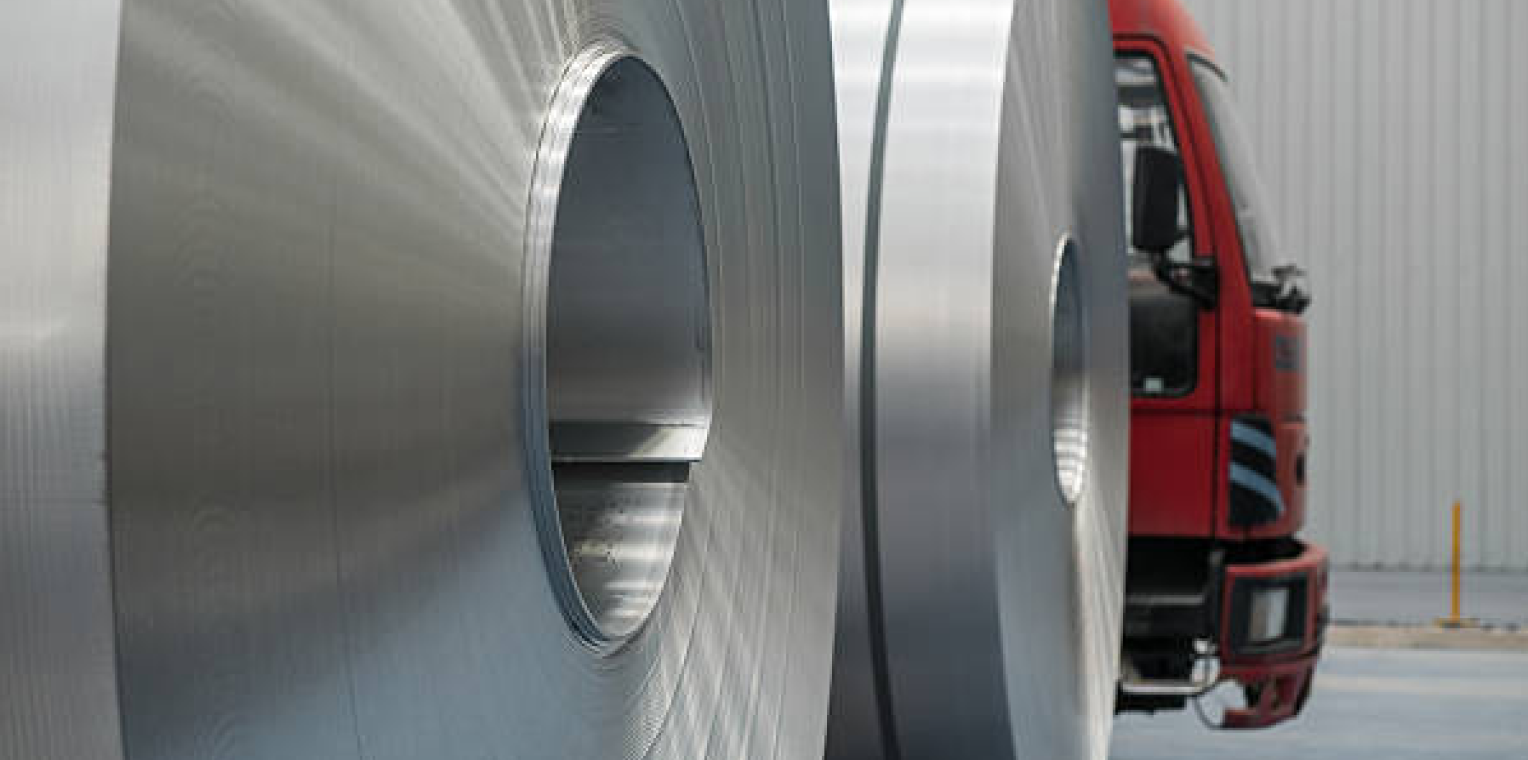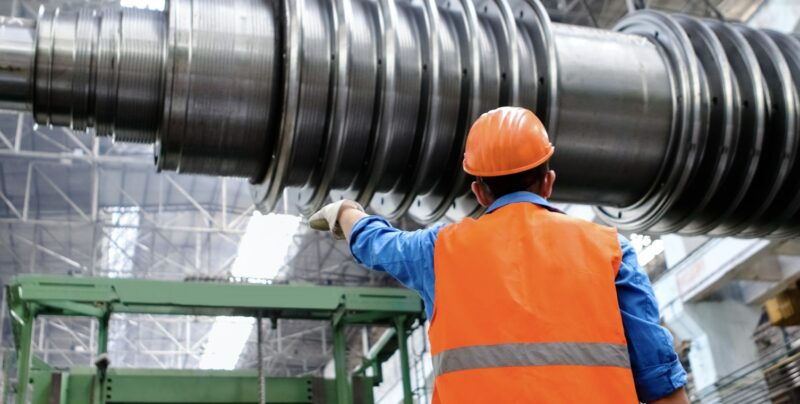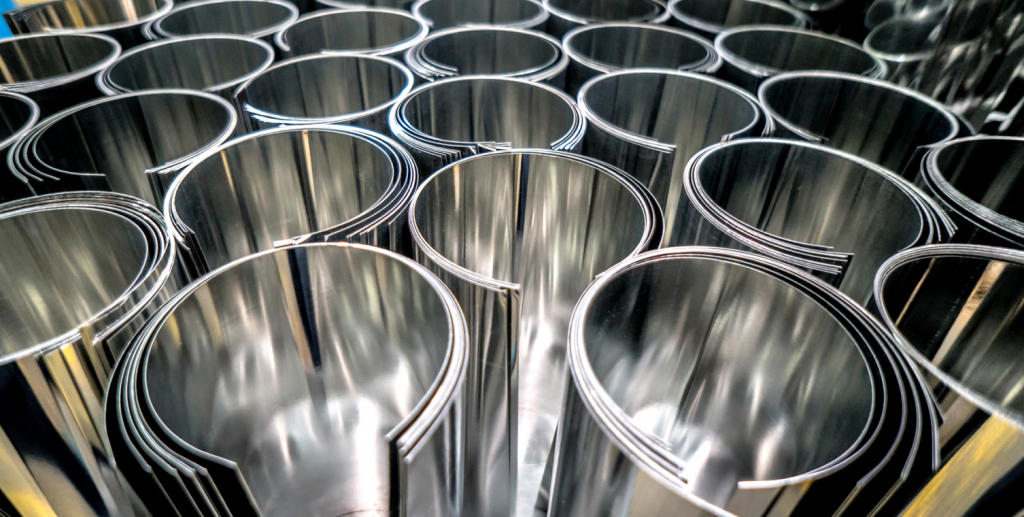Story
Learn more about the history of aluminum.

If the history of bronze, iron or copper is anchored in very distant times, that of aluminum begins in the 19th century, at the crossroads of the two industrial revolutions.
This late discovery is explained by the fact that aluminum only exists in nature in the form of compounds which mask its metallic nature. The best known of these compounds, alum, has been used since ancient times. But it was not until the 18th century that the earth was isolated and baptized alum "alumina", and that it was suspected that it contained metal.
In the 19th century, various European chemists tried to isolate aluminum before the decisive experiments of Wöhler in Germany and Sainte-Claire Deville in France.
The first process for obtaining aluminum is expensive, initially limiting its use to luxury items. Considered semi-precious, it is then often associated with gold or silver and encrusted with precious stones in jewelry sets.
Chronology of discoveries
- 1821: discovery of the ore (France - Baux-de-Provence) The French mineralogist and engineer Pierre Berthier (1782 - 1861) analyzes an ore from the surroundings of Baux-de-Provence and identifies a high alumina content. Later, this red ore to which we will give the name of bauxite, will establish itself as the main ore of aluminum.
- 1854: discovery of the chemical process for manufacturing aluminum (France - Paris)
The chemist Henri Sainte-Claire Deville (1818 - 1881) obtained for the first time pure aluminum globules by a process of reduction of double aluminum chloride by sodium. Supported financially by the Emperor Napoleon III, he began to produce aluminum in Paris and then in Salindres (Gard) in 1860.
- 1886: discovery of the industrial production process by the aluminum “twins” P. Héroult (France) and Ch. M. Hall (United States)
Simultaneously and independently, the Frenchman Paul Héroult (1863-1914) and the American Charles Martin Hall (1863-1914) developed a new process for the production of aluminum by dissolving alumina in a bath of cryolite and decomposing this mixture by electrolysis to obtain the molten raw metal. They file for patents the same year. The process makes it possible to obtain aluminum much more economically. It will impose itself among all the producers and it is still used today.
A remarkable community of destiny unites the two men: born and dead in the same year, they were only 23 years old at the time of their discovery.
- 1887: creation of the French Electrometallurgical Company which opens in Froges (France - Isère)
First factory equipped with industrial electrolytic aluminum production tanks in France.
- 1888: development of the Bayer process of the alumina process
In Russia, the Austrian chemist Karl Bayer patented a process for transforming bauxite ore into alumina.
- 1907: start-up of the Saint-Jean-de-Maurienne plant (France - Savoie)
This factory is equipped with 10,000 ampere tanks and built by the Société Alais et de la Camargue, which in 1950 became the Pechiney Company.
Figures for the development of world primary aluminum production
1885
2,500 tons
including 10% in France
1918
120,000 tons
including 10% in France
1945
1.5 M tons
including 2.5% in France
2010
40 M tons
including 0.8% in France
2021
67 M tons
including 0.9% in France
Zoom on
Aluminum France is the professional federation which represents the entire aluminum value chain in France. She is the spokesperson for the aluminum industry with French, European and international administrations, elected officials and civil society.
The Board of Directors is made up of executives of active companies. Its members are elected for 3 years and meet every quarter. The Council defines the strategy of the profession and represents the aluminum industry in high places.
The life cycle “About 75% of the metal produced since 1880 is still in use today, after reuse” The increase in our environmental awareness has led to a greater use of methods and studies related to life cycle analysis . Life cycle assessment is the best framework for measuring environmental impact



